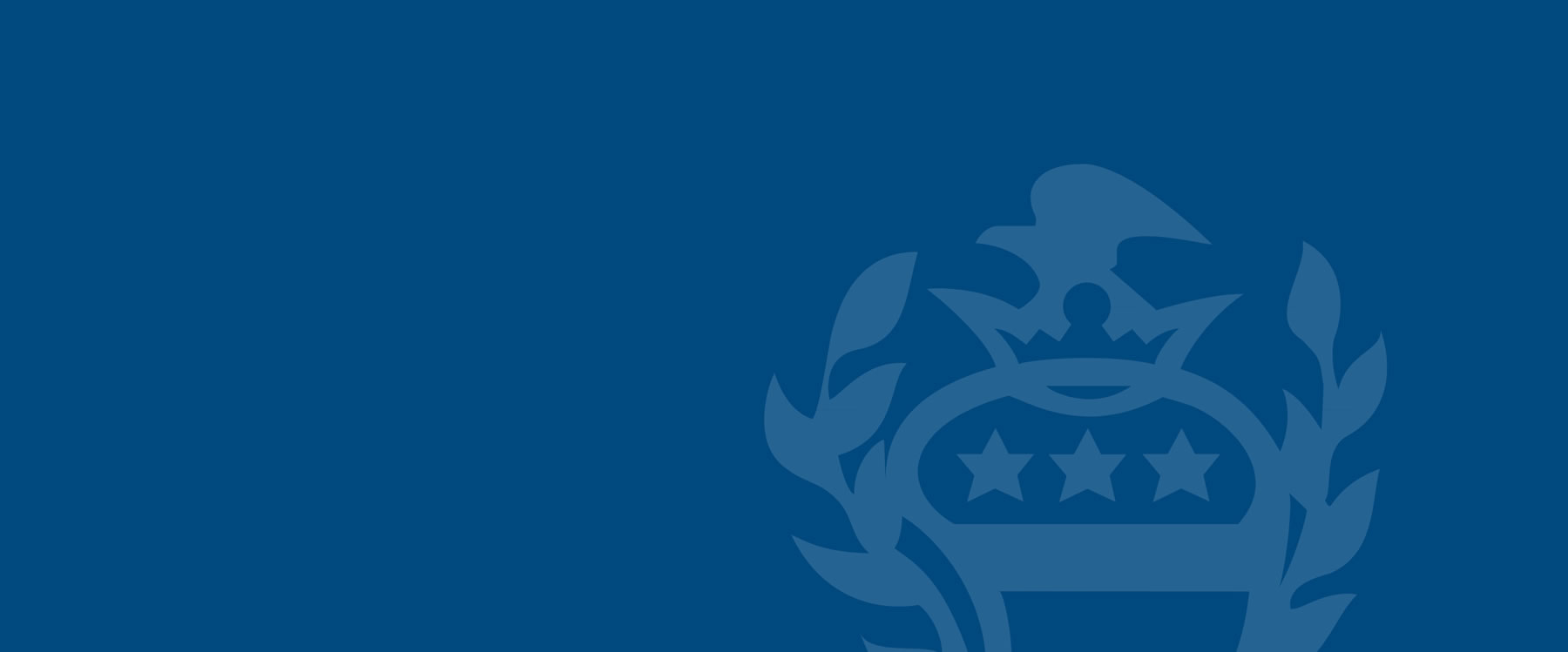If it’s 3D, it ought to be better. That might be the idea you’ve gotten from all the buzz around 3D Mammograms, and you’re not wrong. But why? Why is 3D Mammography such a big innovation in women’s imaging? We interviewed Dr. Roni Talukdar, Medical Director for the Imaging Center for Women and a radiologist with Radiology Associates of Fredericksburg, to find the answer to that very question.
"It's a 15-minute procedure, once a year, that could save your life."
Information is Power
For a 3D Mammogram, you will position the same way you do for a 2D Mammogram. But instead of taking a single picture, the unit moves in an arc around the breast and takes multiple snapshots. Then, computer software takes all of those snapshots and combines them for a more complete picture. “It uses the same amount of radiation, in the same amount of time, but with much greater detail and information,” Dr. Talukdar told us.
“When you take a traditional mammogram, you are taking a picture of a 3D object and producing a 2D representation,” Dr. Talukdar said. “As a result, you have structures that sit on top of each other and mimic a mass.” With 3D the doctor can go in and view each “slice” of the breast to determine if it is actually a mass. “Ultimately it means that our ability to pick up small cancers is improved, and we have less false positives,” explained Dr. Talukdar.
Are 3D Mammograms Worth It?
While experts like Dr. Talukdar have made great strides in getting insurance companies to cover 3D Mammograms, some may still have to pay the difference in cost between a 2D and 3D Mammogram. So is it worth it? Yes. Dr. Talukdar told me “the data shows that regardless of your age or breast density, all things being equal, 3D is better than 2D.” Not only that, but the doctors and staff at Medical Imaging of Fredericksburg use this technology themselves. “It’s something we believe in and we use ourself.”
Ultimately, 3D Mammography is the next step in improving patient care. According to Dr. Talukdar, “3D is a tool. It’s the next step in our ability to detect these cancers when they’re smaller. It’s the future of breast imaging.”
Why Your Annual Mammogram can Save Your Life
Annual mammograms weren’t always standard practice. In fact, “before regular screening mammography was a standard, cancers wouldn’t be caught until they were 2.5-3.5cm. Now, we typically see cancers at under a 1.5cm.” What does that mean for the patient? “Size matters. If you detect it at under 1.5cm, there’s a 98%-99% survival rate. But when it’s over 1.5cm the survival rate drops to 70%.”
Why is it important to get a mammogram every year? Remember, your survival rate is dependent on the size of the cancer, and smaller is better. Finding a cancer earlier can ultimately mean the difference between life and death. “Plus, 75% of breast cancer occurs in someone with no family history of breast cancer,” Dr. Talukdar said. So not having a family history of breast cancer is no guarantee that it won’t happen to you.
“It’s a 15 minute procedure, once a year, that could save your life,” Dr. Talukdar said. “Why take that chance? It’s a small price to pay for your life.”
When Should You Start Getting Annual Mammograms?
For an average risk patient, you should start getting annual mammograms at age 40. If you have a family history, you should start 10 years before your first degree relative had breast cancer. So if your mom had breast cancer at age 40, you should start your annual mammogram at age 30. And remember, get one every year. Dr. Talukdar explains it like this: “You want to increase your odds. It’s why you wear a seatbelt. You might never get in an accident, but if you do you’re raising your chances of being ok.”
